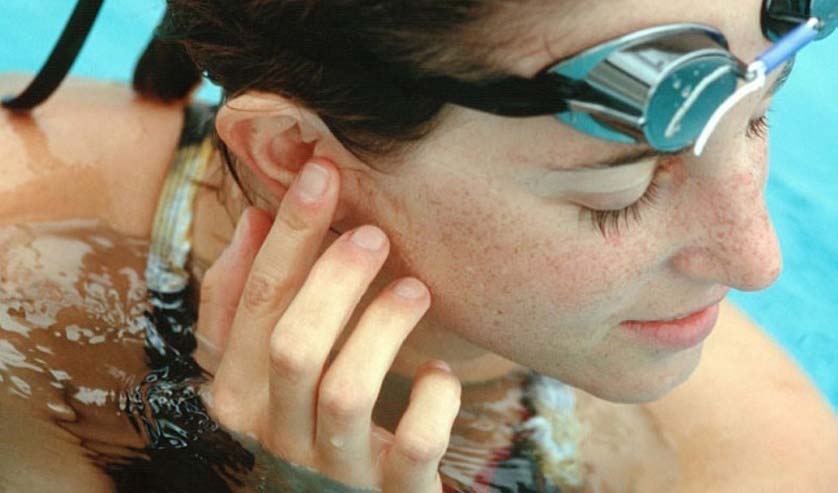First Aid for Drowning

Get Help
- Notify a lifeguard, if one is close. If not, ask someone to call 102 ,108.
- If you are alone, follow the steps below.
Move the Person
- Take the person out of the water.
Check for Breathing
- Place your ear next to the person’s mouth and nose. Do you feel air on your cheek?
- Look to see if the person’s chest is moving.
If the Person is Not Breathing, Check Pulse
- Check the person’s pulse for 10 seconds.
If There is No Pulse, Start CPR
- Carefully place person on back.
- For an adult or child, place the heel of one hand on the center of the chest at the nipple line. You can also push with one hand on top of the other. For an infant, place two fingers on the breastbone.
- For an adult or child, press down at least 2 inches. Make sure not to press on ribs. For an infant, press down about 1 and 1/2 inches. Make sure not to press on the end of the breastbone.
- Do chest compressions only, at the rate of 100-120 per minute or more. Let the chest rise completely between pushes.
- Check to see if the person has started breathing.
Repeat if Person Is Still Not Breathing
- If you’ve been trained in CPR, you can now open the airway by tilting the head back and lifting the chin.
- Pinch the nose of the victim closed. Take a normal breath, cover the victim’s mouth with yours to create an airtight seal, and then give 2 one-second breaths as you watch for the chest to rise.
- Give 2 breaths followed by 30 chest compressions.
Mouth-to-mouth resuscitation for a drowning victim :
- Turn the drowning person’s head to the side, allowing any water to drain from his or her mouth and nose. Turn the head back to the center.
- Begin mouth-to-mouth resuscitation on land, if possible, or in the water if the injured person needs immediate life-and-death measures.
- Strongly breathe four times into the mouth of the injured person as you pinch his or her nose. This helps air get past any water that is clogging the breathing passageways and the lungs.
- After four strong breaths, put your ear near the mouth and watch the chest for any breathing movement.
- Check the pulse for signs of life.
- Repeat the cycle.
***You’re not out of the water once the drowning victim starts to breathe and choke. In fact, the first 48 hours after a drowning incident can be the most dangerous. Complications resulting from water exposure—pneumonia, infection, heart failure—can all occur during this time. Therefore, you should always take a drowning victim to the hospital.
To read more on First Aid, click on the link below.
https://famhealth.in/infocus-detail/first-aid



